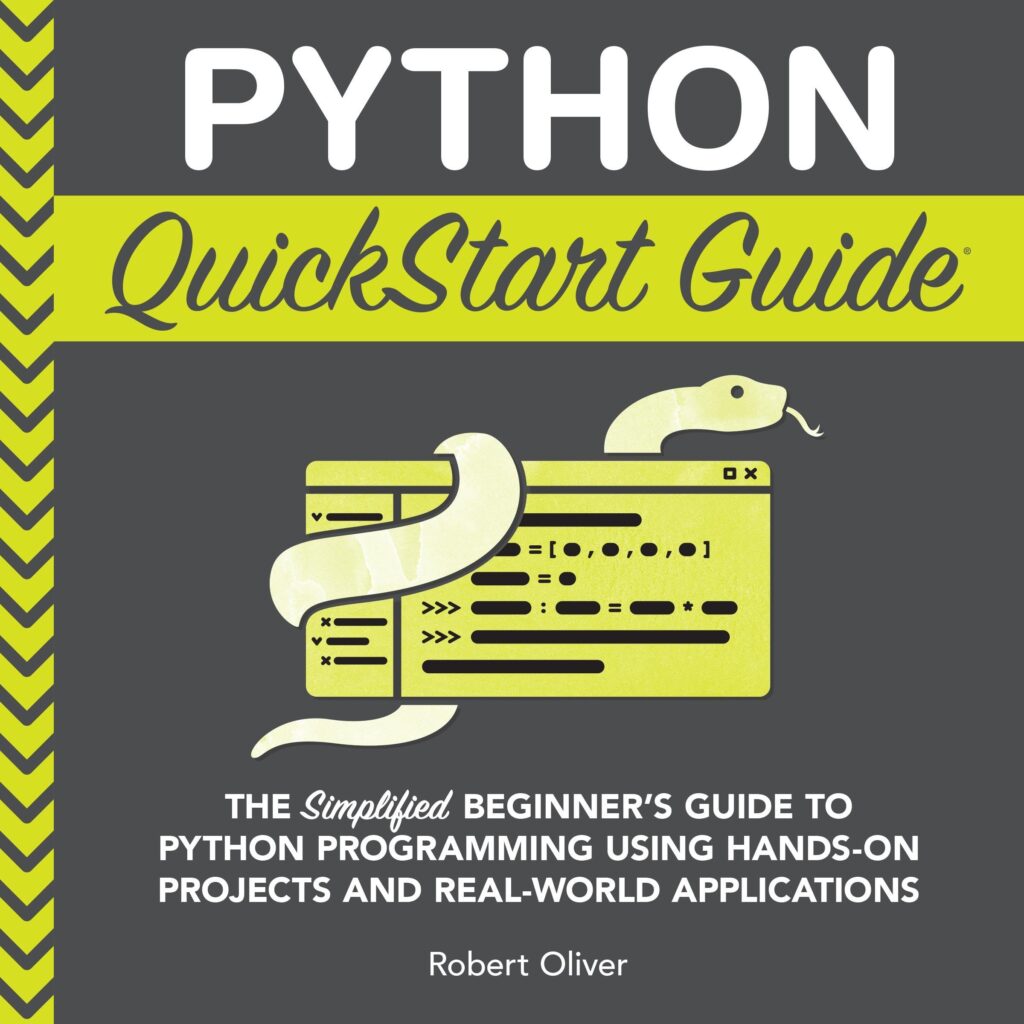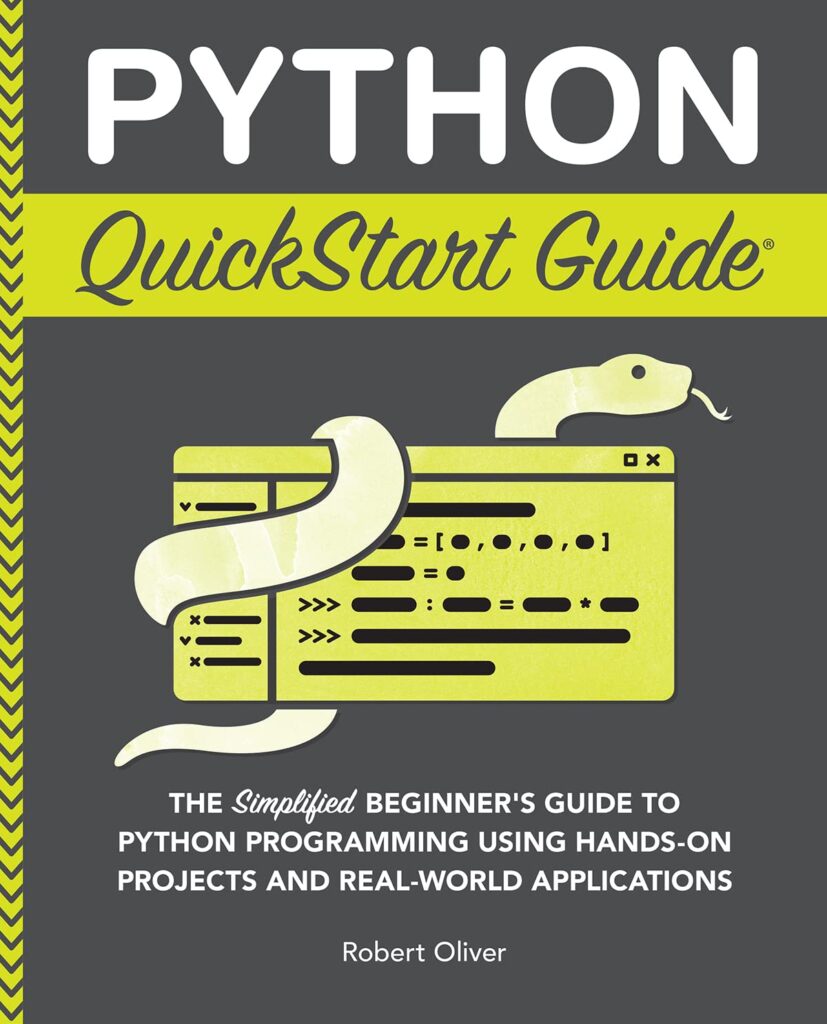
The json.encoder.FLOAT_REPR is a powerful feature in Python’s JSON module that allows developers to customize how floating-point numbers are represented when encoding JSON data. By default, Python uses a standard representation for floating-point numbers, which may not always meet specific formatting requirements or precision needs in certain applications.
This attribute is particularly useful when you need to control the string representation of floats during JSON serialization. It accepts a function that takes a float as input and returns a string representation of that float.
Here’s a basic example of how json.encoder.FLOAT_REPR works:
import json
# Default behavior
data = {'value': 3.14159265359}
default_json = json.dumps(data)
print(f"Default JSON: {default_json}")
# Custom float representation
def custom_float_repr(f):
return f'{f:.2f}'
json.encoder.FLOAT_REPR = custom_float_repr
custom_json = json.dumps(data)
print(f"Custom JSON: {custom_json}")
In this example, we first see the default JSON encoding, which typically uses all available decimal places. Then, we define a custom function custom_float_repr that formats floats to two decimal places. By assigning this function to json.encoder.FLOAT_REPR, we modify how all subsequent JSON encoding operations handle floating-point numbers.
It’s important to note that json.encoder.FLOAT_REPR affects the entire JSON encoding process globally. This means that once set, it will apply to all JSON encoding operations in your Python environment unless explicitly changed or reset.
The flexibility provided by json.encoder.FLOAT_REPR makes it invaluable in scenarios where specific float representations are required, such as:
- Ensuring consistent decimal places across different systems
- Reducing file size by limiting unnecessary precision
- Conforming to specific API requirements or data exchange formats
- Improving readability of JSON output for human consumption
Amazon Physical Gift Card in a Gift Box
$25.00 (as of December 9, 2025 08:35 GMT +00:00 - More infoProduct prices and availability are accurate as of the date/time indicated and are subject to change. Any price and availability information displayed on [relevant Amazon Site(s), as applicable] at the time of purchase will apply to the purchase of this product.)Setting Custom Floating Point Representation
To set a custom floating-point representation using json.encoder.FLOAT_REPR, you need to define a function that takes a float as input and returns a string representation of that float. This function can be tailored to meet your specific formatting requirements. Let’s explore some common scenarios and how to implement them:
1. Limiting decimal places:
import json
def limit_decimals(f, places=4):
return f'{f:.{places}f}'
json.encoder.FLOAT_REPR = lambda x: limit_decimals(x, 4)
data = {'pi': 3.141592653589793, 'e': 2.718281828459045}
print(json.dumps(data))
# Output: {"pi": "3.1416", "e": "2.7183"}
2. Scientific notation:
import json
def scientific_notation(f, places=2):
return f'{f:.{places}e}'
json.encoder.FLOAT_REPR = lambda x: scientific_notation(x, 2)
data = {'large_num': 1234567890.123456, 'small_num': 0.0000001234}
print(json.dumps(data))
# Output: {"large_num": "1.23e+09", "small_num": "1.23e-07"}
3. Percentage representation:
import json
def percentage(f, places=2):
return f'{f*100:.{places}f}%'
json.encoder.FLOAT_REPR = lambda x: percentage(x, 1)
data = {'score': 0.7532, 'ratio': 0.2345}
print(json.dumps(data))
# Output: {"score": "75.3%", "ratio": "23.5%"}
4. Custom formatting based on magnitude:
import json
def custom_format(f):
if abs(f) >= 1e6:
return f'{f:.2e}'
elif abs(f) >= 1:
return f'{f:.2f}'
else:
return f'{f:.4f}'
json.encoder.FLOAT_REPR = custom_format
data = {'big': 1234567.89, 'medium': 123.456, 'small': 0.0001234}
print(json.dumps(data))
# Output: {"big": "1.23e+06", "medium": "123.46", "small": "0.0001"}
When setting a custom floating-point representation, consider the following tips:
- Ensure your custom function handles all possible float inputs, including special cases like infinity and NaN.
- Be aware that setting json.encoder.FLOAT_REPR affects all JSON encoding operations globally in your Python environment.
- If you need different representations for different parts of your data, ponder using a custom JSONEncoder class instead of json.encoder.FLOAT_REPR.
- Remember that changing the float representation may affect the ability to accurately reconstruct the original values when decoding the JSON.
Handling Precision and Rounding
When working with floating-point numbers in JSON, precision and rounding are crucial considerations. The json.encoder.FLOAT_REPR function allows you to handle these aspects effectively. Let’s explore some techniques for managing precision and rounding when encoding floats to JSON.
1. Rounding to a specific number of decimal places:
import json
import math
def round_to_places(f, places=2):
return f'{round(f, places):.{places}f}'
json.encoder.FLOAT_REPR = lambda x: round_to_places(x, 3)
data = {'pi': math.pi, 'e': math.e}
print(json.dumps(data))
# Output: {"pi": "3.142", "e": "2.718"}
This approach ensures consistent precision across all floats, regardless of their original representation.
2. Rounding to significant figures:
import json
from decimal import Decimal, ROUND_HALF_UP
def round_to_sig_figs(f, sig_figs=3):
if f == 0:
return '0'
return str(Decimal(str(f)).quantize(Decimal('1.'+'0'*(sig_figs-1)), rounding=ROUND_HALF_UP))
json.encoder.FLOAT_REPR = lambda x: round_to_sig_figs(x, 4)
data = {'small': 0.00123456, 'large': 123456.789}
print(json.dumps(data))
# Output: {"small": "0.001235", "large": "123500"}
This method is useful when you want to maintain a consistent number of significant figures across various magnitudes.
3. Handling special cases:
import json
import math
def handle_special_cases(f, places=6):
if math.isnan(f):
return 'NaN'
elif math.isinf(f):
return 'Infinity' if f > 0 else '-Infinity'
else:
return f'{f:.{places}f}'.rstrip('0').rstrip('.')
json.encoder.FLOAT_REPR = handle_special_cases
data = {'regular': 3.14159, 'special1': float('nan'), 'special2': float('inf'), 'special3': float('-inf')}
print(json.dumps(data))
# Output: {"regular": "3.14159", "special1": "NaN", "special2": "Infinity", "special3": "-Infinity"}
This approach ensures that special float values are handled appropriately and consistently.
4. Adaptive precision based on magnitude:
import json
import math
def adaptive_precision(f):
abs_f = abs(f)
if abs_f == 0 or (abs_f >= 0.1 and abs_f < 1000000):
return f'{f:.6f}'.rstrip('0').rstrip('.')
else:
return f'{f:.2e}'
json.encoder.FLOAT_REPR = adaptive_precision
data = {'small': 0.00000123, 'medium': 3.14159, 'large': 1234567.89}
print(json.dumps(data))
# Output: {"small": "1.23e-06", "medium": "3.14159", "large": "1.23e+06"}
This method adjusts the precision and representation based on the magnitude of the float, providing a balance between readability and accuracy.
When handling precision and rounding, think these best practices:
- Be consistent with your rounding strategy across your application.
- Ponder the requirements of your data consumers when choosing a precision level.
- Be aware of potential loss of precision, especially when dealing with financial or scientific data.
- Test your implementation with a wide range of float values, including edge cases.
- Document your chosen precision and rounding strategy for future reference and maintenance.
Implementing FLOAT_REPR in JSON Encoding
Implementing FLOAT_REPR in JSON encoding involves integrating your custom float representation function into the JSON serialization process. Here are some practical examples and techniques for effective implementation:
1. Using FLOAT_REPR with json.dumps():
import json
def custom_float_repr(f):
return f'{f:.3f}'
json.encoder.FLOAT_REPR = custom_float_repr
data = {'pi': 3.14159265359, 'e': 2.718281828459045}
encoded_json = json.dumps(data)
print(encoded_json)
# Output: {"pi": "3.142", "e": "2.718"}
2. Creating a custom JSONEncoder:
import json
class CustomFloatEncoder(json.JSONEncoder):
def __init__(self, *args, **kwargs):
super().__init__(*args, **kwargs)
self.orig_floatstr = json.encoder.FLOAT_REPR
json.encoder.FLOAT_REPR = lambda f: f'{f:.4f}'
def default(self, obj):
if isinstance(obj, float):
return json.encoder.FLOAT_REPR(obj)
return super().default(obj)
def __del__(self):
json.encoder.FLOAT_REPR = self.orig_floatstr
data = {'value1': 3.14159265359, 'value2': 2.718281828459045}
encoder = CustomFloatEncoder()
encoded_json = json.dumps(data, cls=CustomFloatEncoder)
print(encoded_json)
# Output: {"value1": "3.1416", "value2": "2.7183"}
3. Implementing FLOAT_REPR for specific object types:
import json
class Measurement:
def __init__(self, value, unit):
self.value = value
self.unit = unit
def measurement_to_json(obj):
if isinstance(obj, Measurement):
return f'{obj.value:.2f} {obj.unit}'
raise TypeError(f'Object of type {obj.__class__.__name__} is not JSON serializable')
json.encoder.FLOAT_REPR = lambda f: f'{f:.2f}'
data = {
'temperature': Measurement(36.6, 'C'),
'pressure': Measurement(1013.25, 'hPa'),
'regular_float': 3.14159265359
}
encoded_json = json.dumps(data, default=measurement_to_json)
print(encoded_json)
# Output: {"temperature": "36.60 C", "pressure": "1013.25 hPa", "regular_float": "3.14"}
4. Using FLOAT_REPR with json.dump() for file writing:
import json
def scientific_notation(f):
return f'{f:.2e}'
json.encoder.FLOAT_REPR = scientific_notation
data = {'large_value': 1234567.89, 'small_value': 0.0000123}
with open('output.json', 'w') as f:
json.dump(data, f, indent=2)
print("JSON data written to 'output.json'")
# Content of output.json:
# {
# "large_value": "1.23e+06",
# "small_value": "1.23e-05"
# }
When implementing FLOAT_REPR in JSON encoding, keep these points in mind:
- FLOAT_REPR affects all float encodings globally, so be cautious when using it in larger applications.
- For more fine-grained control, ponder using a custom JSONEncoder class instead of modifying FLOAT_REPR directly.
- Always reset FLOAT_REPR to its original value after use if you’re only applying it temporarily.
- Test your implementation thoroughly with various float values and edge cases to ensure consistent behavior.
- Be aware that changing float representation may affect the ability to accurately parse the JSON back into Python objects.
Best Practices and Considerations
1. Consistency across your application:
Ensure that your custom float representation is consistent throughout your application. If you are using different representations in different parts of your code, it can lead to confusion and potential bugs.
import json
def consistent_float_repr(f):
return f'{f:.4f}'
json.encoder.FLOAT_REPR = consistent_float_repr
# Use this representation consistently across your application
2. Performance considerations:
Custom float representations can impact performance, especially when dealing with large datasets. Be mindful of the complexity of your custom function.
import json
import time
def simple_repr(f):
return f'{f:.2f}'
def complex_repr(f):
# A more complex representation (for illustration purposes)
return f'{f:.10f}'.rstrip('0').rstrip('.')
data = {'values': [1.23456789] * 1000000}
json.encoder.FLOAT_REPR = simple_repr
start = time.time()
json.dumps(data)
print(f"Simple repr time: {time.time() - start}")
json.encoder.FLOAT_REPR = complex_repr
start = time.time()
json.dumps(data)
print(f"Complex repr time: {time.time() - start}")
3. Handling special cases:
Ensure your custom representation can handle special cases like infinity and NaN.
import json
import math
def safe_float_repr(f):
if math.isnan(f):
return 'NaN'
elif math.isinf(f):
return 'Infinity' if f > 0 else '-Infinity'
return f'{f:.4f}'
json.encoder.FLOAT_REPR = safe_float_repr
data = {'normal': 3.14, 'nan': float('nan'), 'inf': float('inf'), 'neg_inf': float('-inf')}
print(json.dumps(data))
4. Reversibility:
Ponder whether you need to be able to accurately reconstruct the original float values from your JSON representation. Some custom representations might lose precision.
import json
def reversible_repr(f):
return f'{f:.17f}'.rstrip('0').rstrip('.')
json.encoder.FLOAT_REPR = reversible_repr
original = {'value': 3.14159265358979323846}
encoded = json.dumps(original)
decoded = json.loads(encoded)
print(f"Original: {original['value']}")
print(f"Decoded: {decoded['value']}")
print(f"Equal: {original['value'] == decoded['value']}")
5. Localization considerations:
Be aware of locale settings that might affect float representation, especially when working with international data.
import json
import locale
def locale_aware_repr(f):
current_locale = locale.getlocale(locale.LC_NUMERIC)
locale.setlocale(locale.LC_NUMERIC, 'de_DE.UTF-8') # German locale uses comma as decimal separator
result = f'{f:.2f}'.replace(',', '.') # Replace comma with dot for JSON compatibility
locale.setlocale(locale.LC_NUMERIC, current_locale) # Restore original locale
return result
json.encoder.FLOAT_REPR = locale_aware_repr
data = {'value': 1234.56}
print(json.dumps(data))
6. Documentation and testing:
- Clearly document your custom float representation strategy.
- Implement comprehensive unit tests to ensure your custom representation behaves correctly across a wide range of inputs.
- Ponder edge cases and potential numerical precision issues in your tests.
7. Version control and backwards compatibility:
If you are changing the float representation in an existing system, consider the impact on stored data and client applications. You might need to implement versioning or provide backwards compatibility.











